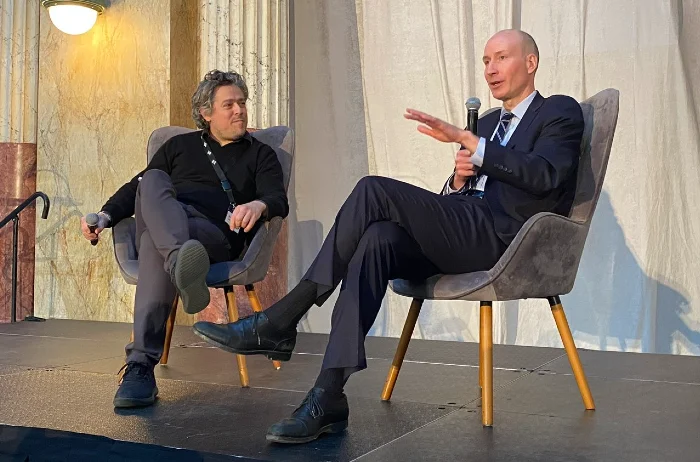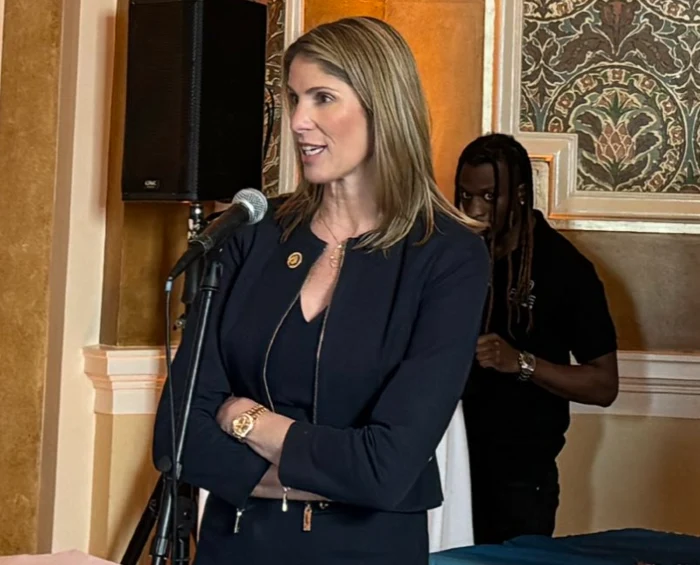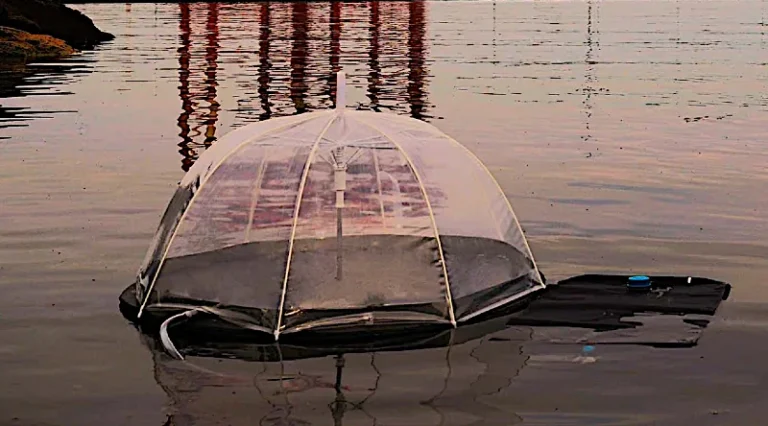Last week in Washington, D.C., leaders of the burgeoning Western nuclear fusion industry assembled with a critical mission at hand: to drum up increased financial support for fusion research. Their objective is to keep pace with China, a formidable competitor in the quest to develop commercially viable fusion reactors. Despite a recent funding bill signed by President Joe Biden allocating $790 million to fusion science programs for 2024, industry advocates argue that this falls short of the $1 billion deemed necessary to advance their goals.
Nuclear fusion, the process that fuels the sun, offers a tantalizing promise of carbon-free electricity. By using heat and pressure along with lasers or magnets, scientists aim to fuse two light atoms into a denser one, unleashing vast amounts of energy. Unlike traditional nuclear fission plants that split atoms, a successful commercial fusion reactor would not produce long-lasting radioactive waste, marking a monumental leap forward in energy production.

Andrew Holland, CEO of the Fusion Industry Association (FIA), expressed concerns during the two-day conference hosted by the FIA. Holland highlighted the risk of repeating history, referencing how the U.S. pioneered solar technology only to see China eventually dominate manufacturing. “It is very clear that China has ambitions to do the same sort of thing, both in the supply chain and the developers,” Holland remarked, emphasizing the urgency for the U.S. to counteract this challenge.
Fusion research has seen significant investment, with private companies worldwide raising over $6 billion through 2022, according to a report by the FIA. However, tracking private investments in China’s fusion efforts proves difficult, and much more capital is deemed necessary to transition fusion from experimental stages to commercial reality.
This year’s FIA conference, its third annual gathering, boasted about 350 attendees from various countries, including the U.S., UK, Germany, and Japan— a significant increase from the roughly 100 attendees in previous years.

The fusion industry was buoyed last year by a breakthrough at California’s Lawrence Livermore Laboratory, where scientists achieved a significant fusion reaction using lasers. Holland optimistically projects that fusion will contribute to the power grid within a decade, a timeline met with skepticism by some. Victor Gilinsky, a physicist and former Nuclear Regulatory Commission commissioner, humorously suggested that Holland might be counting in “dog years,” noting that the lab’s reaction’s energy output was merely about 1% of the energy input for the lasers.
More To Discover
- USDA Updates Plant Hardiness Map Reflecting Warmer Zones, Stirring Gardener Concerns Over Climate Change
- EU Shakes Up Eco-Market: Bans ‘Greenwashing’ in Landmark Environmental Legislation
- The Bioengineered Plant Battling Indoor Air Pollution
- The Sweet Smell of Pest Control: Roses to the Rescue in Organic Farming
Despite skepticism, Holland defends the prioritization of fusion research in combating climate change. He advocates for greater funding, arguing that it would not detract from the deployment of other essential clean energy technologies, but rather complement them in the global effort to transition to sustainable energy sources.
“Fusion should get significantly more [funding] and that wouldn’t take away from the deployment of much needed other clean energy technologies,” Holland stated.















